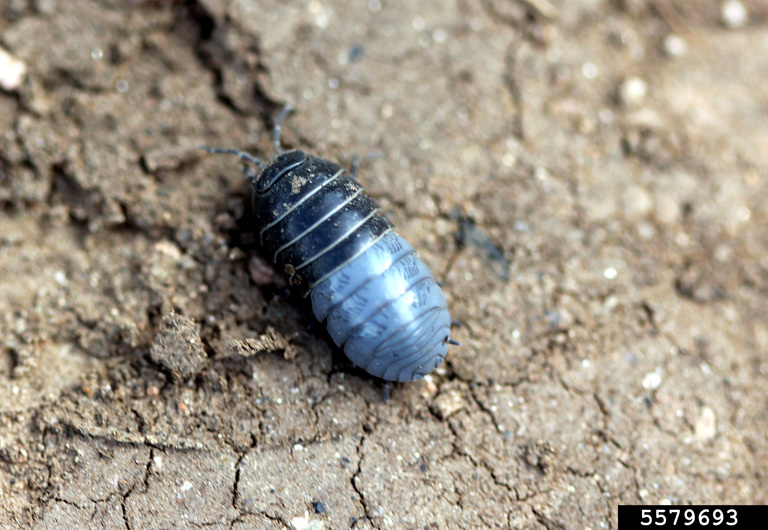Bringing Houseplants Indoors
go.ncsu.edu/readext?888255
en Español / em Português
El inglés es el idioma de control de esta página. En la medida en que haya algún conflicto entre la traducción al inglés y la traducción, el inglés prevalece.
Al hacer clic en el enlace de traducción se activa un servicio de traducción gratuito para convertir la página al español. Al igual que con cualquier traducción por Internet, la conversión no es sensible al contexto y puede que no traduzca el texto en su significado original. NC State Extension no garantiza la exactitud del texto traducido. Por favor, tenga en cuenta que algunas aplicaciones y/o servicios pueden no funcionar como se espera cuando se traducen.
Português
Inglês é o idioma de controle desta página. Na medida que haja algum conflito entre o texto original em Inglês e a tradução, o Inglês prevalece.
Ao clicar no link de tradução, um serviço gratuito de tradução será ativado para converter a página para o Português. Como em qualquer tradução pela internet, a conversão não é sensivel ao contexto e pode não ocorrer a tradução para o significado orginal. O serviço de Extensão da Carolina do Norte (NC State Extension) não garante a exatidão do texto traduzido. Por favor, observe que algumas funções ou serviços podem não funcionar como esperado após a tradução.
English
English is the controlling language of this page. To the extent there is any conflict between the English text and the translation, English controls.
Clicking on the translation link activates a free translation service to convert the page to Spanish. As with any Internet translation, the conversion is not context-sensitive and may not translate the text to its original meaning. NC State Extension does not guarantee the accuracy of the translated text. Please note that some applications and/or services may not function as expected when translated.
Collapse ▲Any houseplants that have spent the summer months outdoors should be acclimated to less sunlight and prepared to be brought inside for the winter. Don’t just move them from full sun to full shade, but move them into more shade each week until they are in mostly shade. This practice will reduce the number of leaves that will turn yellow or drop from the plant when they are brought into the house.
Before bringing plants into the house, soak the roots and container in some water to force any insects that might be living in the container out. Ants, pillbugs (also known as a roly-poly), and fungus gnats are usually repeat offenders. Getting them out of the container before bringing the plant in will reduce infestation problems later.
Also, scout the leaves and stems for mealybugs, aphids and spider mites. These insects might not do a lot of damage outside where natural predators can keep their numbers down, but once they are brought inside, where there are no predators, their numbers will explode and you will notice the damage. If you find them, treat them with insecticidal soap, which is formulated to dry out these soft bodied insects, killing them through dehydration.
Always read and follow label directions for use and safety precautions.
Whitney Cranshaw, Colorado State University, Bugwood.org

Look for pillbugs in houseplants roots. Whitney Cranshaw, Colorado State University, Bugwood.org




